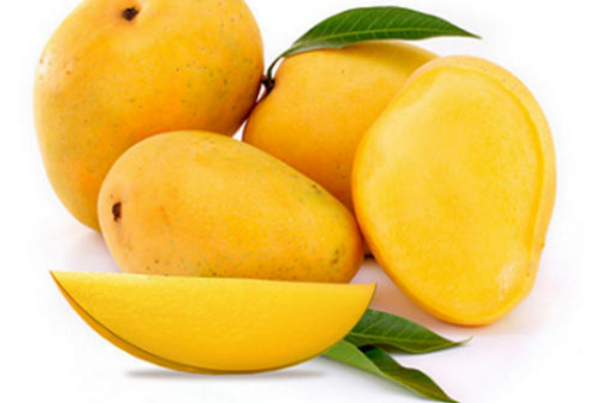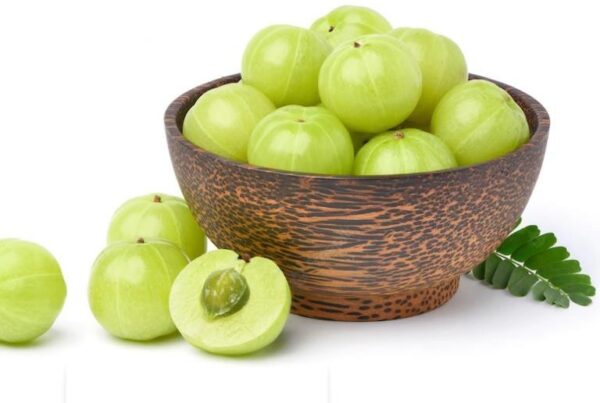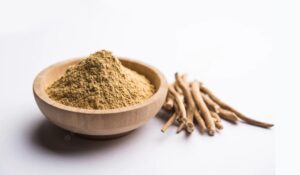 Ashwagandha is an evergreen shrub that grows in Asia and Africa. It is commonly used for stress. There is little evidence for its use as an “adaptogen.”
Ashwagandha is an evergreen shrub that grows in Asia and Africa. It is commonly used for stress. There is little evidence for its use as an “adaptogen.”
Ashwagandha contains chemicals that might help calm the brain, reduce swelling, lower blood pressure, and alter the immune system.
Ashwagandha is a short, tender perennial shrub growing 35–75 cm (14–30 in) tall. Leaves of Ashwagandha are dull green, elliptic, usually up to 10–12 cm (3.9–4.7 in) long. The flowers are small, green and bell-shaped. The ripe fruit of the this plant is orange-red.
VERNACULAR NAMES :
The species name of Ashwagandha is “somnifera” which means “sleep-inducing” in Latin. vaginosisbacteriana.org It is also known as ‘Winter Cherry’.
The name “ashwagandha” is a combination of the Sanskrit words ‘ashva’, meaning horse, and ‘gandha’, meaning smell, reflecting that the root has a strong horse-like odor.
It has various names in various other Indian languages like :
- Hindi – Ashgandh
- Kannada – Amangura
- Malyalam – Amukurram
- Marathi – Askandh
- Tamil – Achuvagandi
CROP TYPE :
Ashwagandha is a part of Kharif Crop system in India. To propagate it can be grown from seed in the early spring, or from greenwood cuttings in the later spring.

Ashwagandha prefers a sub-tropical climate. The semitropical areas receiving 300-350 mm rainfall are suitable for cultivation of this crop. The crop requires dry season during the growing period. Temperature between 20° C to 35° C is most suitable for its cultivation.
AREAS OF CULTIVATION :
Ashwagandha prefers dry stony soil with sun to partial shade. It is cultivated in drier regions of India like, Rajasthan, Haryana, Gujarat, Maharashtra and Madhya Pradesh.
Outside India it is basically cultivated in Nepal, Sri Lanka, China, and Yemen.
NOTE : Growing Ashwagandha is not possible in soil that retains moisture and remains waterlogged.
FIELD PREPARATION :
Ashwagandha grows well in sandy loam or light red soil having pH 7.5 to 8.0 with good drainage. After receiving 1 or 2 showers, the field is thoroughly prepared, divided into plots and the seeds are sown.
Black soils or such heavy soils are suitable for cultivation. It is grown as late rainy season (kharif) crop.
NOTE : If rainfall is more, then the sowing can be done up to September.
VARITIES OF ASHWAGANDHA :
There are basically five varieties of Ashwagandha i.e. Chetak, Pratap, Nimithli, Poshita and Jawahar-20 on the basis of difference in chemicals like Withanolide A and Withaferin A. These components were evaluated from leaf, stem, root and seeds using HPLC. These components were present in all these tissues.
SEED SOWING :
Planting : For planting and sowing of seed of Ashwagandha, the process of direct sowing is followed.
This is the most simple process and is done ‘By Broadcasting’.
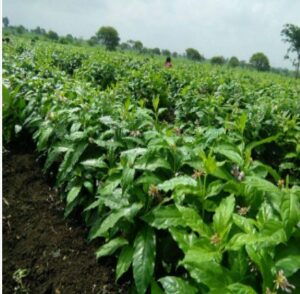
Nursery Technique : After the seeds are sown, the process of nursing of the plant starts. This process is known as “Raising Propagules”.
- Raising Propagules : Plant to plant and row to row distance can be adjusted according to soil fertility and variety used. The population should be dense at low fertility and more distance at higher fertility land.
When the seedlings are to be raised for transplanting, they should to be sown in well-prepared, raised nursery beds.
The seeds are usually sown about 1-3 cm deep in June- July in nursery. The seeds in the nursery-beds are sown in lines spaced at 5 cm and covered with light soil. The germination commences within 6-7 days of sowing and within ten days from sowing it is complete.
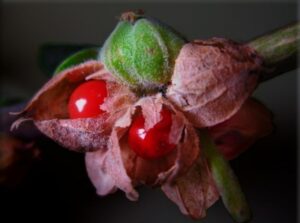
When the seedlings are 6 dianabol cost weeks old and sufficiently tall they are transplanted in 60X60 cm spaced in well- prepared land in July-August.
SPACING :
Depending upon the growth habit and germination percentage following are the requirements for the cultivation of Ashwagandha.
- Plant to Plant Distance – 10 cm
- Line to Line Distance – 20-25 cm
- Sowing Depth – 1-3 cm
- Sowing Method – Transplantation
- Seed rate – 4-5 kg / Acre
NUTRIENT MANAGEMENT (Fertilizer Management) :
- Before transplanting spray 10-20 tonnes of farm yard manure, 15kg of urea and 15kg phosphorus as a nutrient dose to the soil.
- Vermicompost may be applied row to row upto 5-6 times.
WATER MANAGEMENT :
- Light shower after transplantation ensures establishment of seedlings.
- Life saving irrigation may be applied at required intervals. Under irrigated conditions, the crop can be irrigated once in 10 days.
NOTE : There is no need of irrigation, if rainfall is at regular intervals. Excessive rainfall/water is harmful to the crop.
WEED MANAGEMENT :
The directly sown crop is thinned after every 25 – 30 days to maintain a plant population of 20,000–25,000/ha. Hand-weeding at 30 days interval helps to control the weeds effectively. Total two weeding of the crop are required. 2nd weeding should be done after 2 months.
HARVESTING :
- Harvesting starts from January and continues till March.
- The plants start flowering and bearing fruits from December onwards.The crop is ready for harvest in January – March i.e. 150 to 180 days after sowing.
- The maturity of crop is judged by drying out of leaves and yellow red berries. The entire plant is uprooted for roots, which are separated from aerial parts by cutting the stem 1- 2 cm, above the crown. The roots are cut transversely into small pieces (7 to 10 cm).
- Occasionally, the roots are dried as a whole. The berries are plucked from the dried plants and are threshed to obtain the seeds.
CROPPING SYSTEM :
Ashwagandha can be intercropped with many of the crops. Some of these crops are :
- Coconut
- Mango
- Simaruba
- Teak
- Jatropha
- Pine
- Populus
YIELDS :
The crop of Ashwagandha produces a yield of 0.5-0.7 tonnes/hectare of dried roots and 30-40 Kg/ hectare seeds.
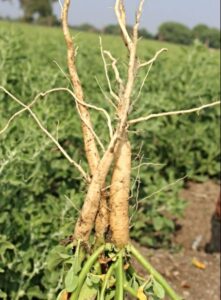
“Samruddhi Organics being engaged in manufacturing and supplying of Organic food products, truly acknowledges the medicinal values of Ashwagandha.”

